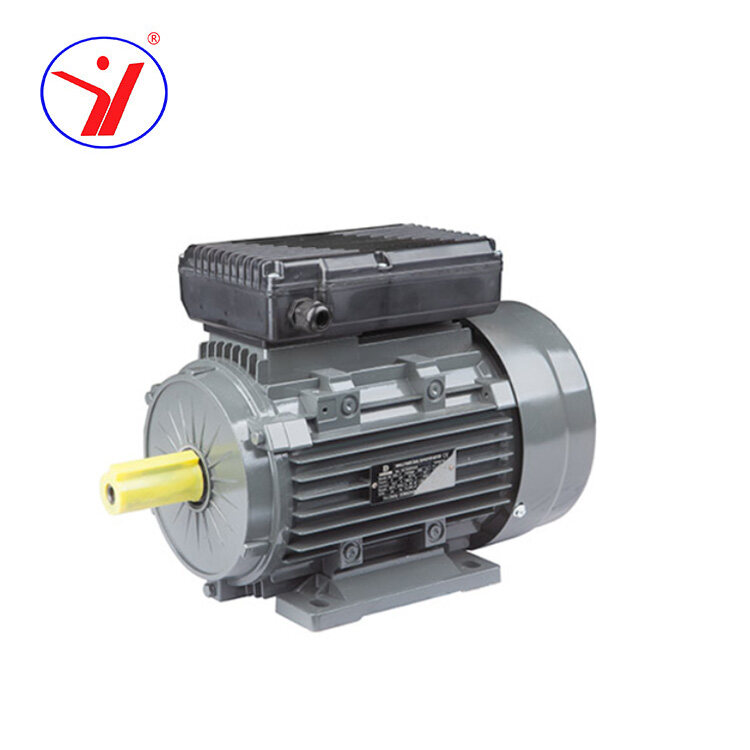Exploring Hydraulic Wheel Motors: Powering Industries with Efficiency and Versatility
Introduction:
Hydraulic wheel motors represent a critical component in various industries, offering efficient and versatile propulsion solutions. These motors harness the power of hydraulic systems to drive wheels, enabling a wide range of applications across sectors such as agriculture, construction, mining, and transportation. In this article, we delve into the fundamental aspects of hydraulic wheel motors, examining their components, working principles, applications, and advancements.
I. Definition and Functionality:
Hydraulic wheel motors are mechanisms designed to convert hydraulic power into rotational motion, driving the wheels of vehicles and machinery. They play a vital role in providing mobility and maneuverability to a diverse array of equipment, ranging from tractors and excavators to commercial vehicles and military platforms. By utilizing hydraulic fluid under pressure, these motors deliver the torque and speed necessary to propel heavy loads and navigate challenging terrain.
II. Components of Hydraulic Wheel Motors:
A. Hydraulic System Overview:
1. Hydraulic Fluid: Serves as the medium for power transmission within the system.
2. Hydraulic Pump: Generates hydraulic pressure by converting mechanical energy into fluid energy.
B. Wheel Motor Components:
1. Motor Body: houses the internal components and serves as the structural framework.
2. Gears and Shafts: Transmit power from the hydraulic system to the wheel assembly.
3. Bearings and Seals: Ensure smooth operation and prevent leakage of hydraulic fluid.

III. Working Principles of Hydraulic Wheel Motors:
A. Hydraulic Power Transmission:
1. Pressurization of Hydraulic Fluid: Achieved through the action of the hydraulic pump.
2. Conversion of Hydraulic Pressure into Mechanical Power: This occurs within the motor assembly, where fluid energy drives the rotation of gears and shafts.
B. Variable Displacement Mechanism:
1. Controlling Speed and Torque: Adjustments to hydraulic pressure regulate the rotational speed and torque output.
2. Adaptive Power Output: Enables the motor to respond dynamically to changing load conditions and operational requirements.
IV. Applications of Hydraulic Wheel Motors:
A. Agriculture:
1. Tractors and farm equipment: utilized for tasks such as plowing, planting, and harvesting.
2. Harvesters and Combines: Facilitate efficient crop harvesting and processing operations.
B. Construction:
1. Excavators and Loaders: Power the movement of heavy materials and excavation activities.
2. Cranes and bulldozers: Provide mobility and lifting capabilities at construction sites.
C. Mining:
1. Underground Vehicles: Navigate tunnels and extract minerals in challenging mining environments.
2. Mining Equipment: Drive conveyor belts, crushers, and other machinery essential for mineral extraction.
D. Transportation:
1. Commercial Vehicles: Enhance the performance of trucks and buses in demanding transportation applications.
2. Off-road Vehicles and Military Applications: Enable mobility in rugged terrain and support military logistics and operations.
V. Advancements and Innovations in Hydraulic Wheel Motors:
A. Efficiency Improvements:
1. Enhanced Hydraulic Systems: Incorporate advanced components and control algorithms to optimize energy usage.
2. Reduced energy consumption: achieved through the adoption of high-efficiency pumps and motors, leading to lower operational costs.
B. Durability Enhancements:
1. Advanced Materials and Manufacturing Techniques: Employ lightweight yet durable materials and precision engineering to enhance reliability.
2. Longevity and Reliability: Focus on robust design and maintenance practices to ensure prolonged service life and minimal downtime.
VI. Conclusion:
Hydraulic wheel motors stand as indispensable components in modern industrial machinery, offering unparalleled versatility, efficiency, and reliability. As technological advancements continue to drive innovation in hydraulic systems, these motors are poised to play an increasingly vital role in powering the industries of the future. With their ability to deliver high torque at low speeds and adapt to diverse operating conditions, hydraulic wheel motors remain at the forefront of propulsion solutions, driving progress and productivity across various sectors.


